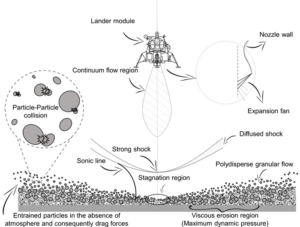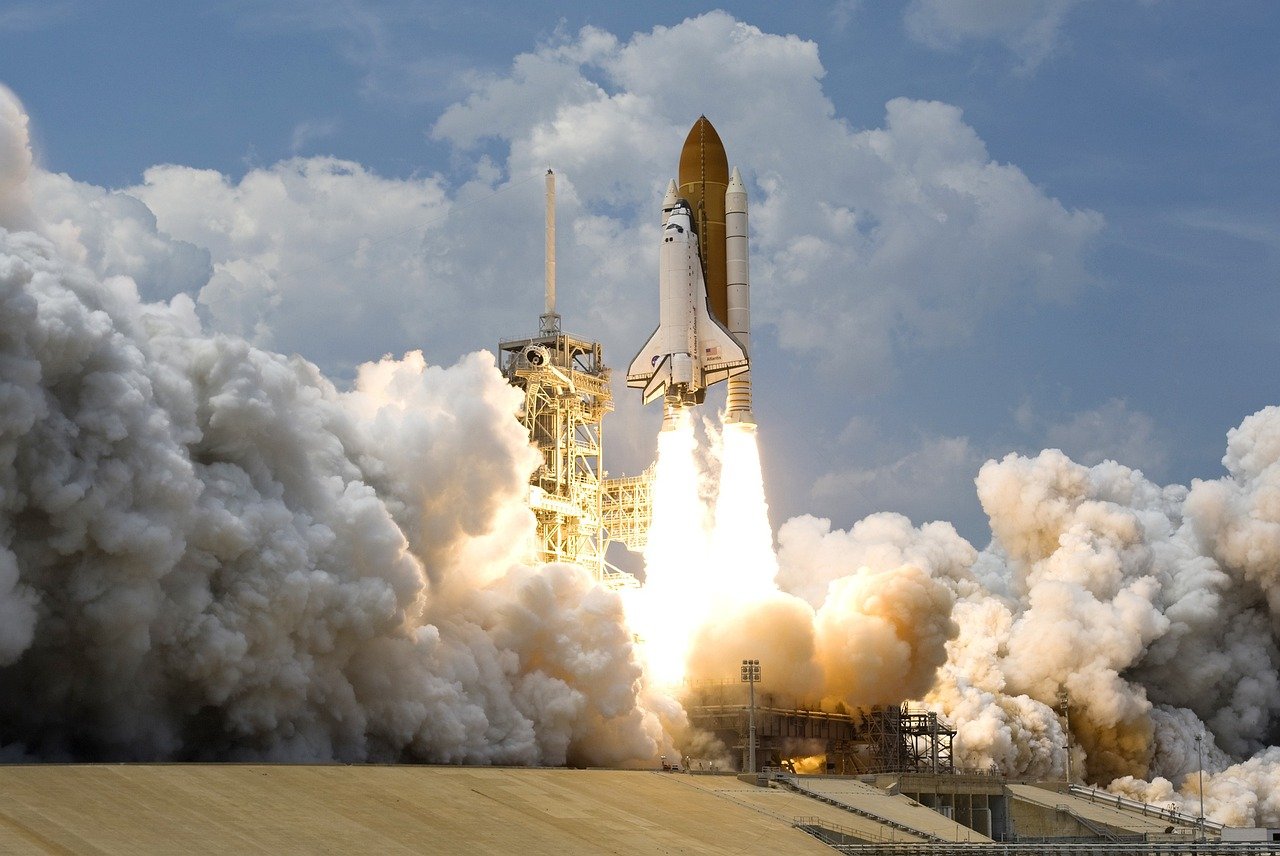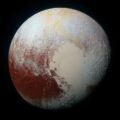A team of researchers has designed a modeling tool that can help rockets land on other planets and moons without causing extensive damage to the surface or the landing craft. Such an approach is critical for future missions, especially those going to places where there is little to no atmosphere, and the only way to land a heavy spacecraft is by using a retro-rocket design.
“When a lander descends toward the moon – or a rocky planet, asteroid, or comet – the exhaust plume of the rocket interacts with the surface, causing erosion and kicking up regolith particles,” explains the research team behind the new approach. “The resulting blanket of dusty debris can create a dangerous brownout effect, limiting visibility and potentially damaging the spacecraft or nearby equipment.”
Safety and Success of Future Rocket Missions on the Line
On Earth, most returning spacecraft can use a combination of parachutes and water landings to get home safely. But on space objects without an atmosphere, that is simply not an option. In fact, even rockets landing on Earth have begun to use retro-rocket thrust to land, a process essentially perfected in recent years by SpaceX.
Unfortunately, as seen in a recent SpaceX Starship test, those powerful rocket engines can wreak havoc on the ground below them. Now, an international team of researchers says that their new system can help find the right landing location and the right thrust vectoring to minimize that damage, including protecting the spacecraft and its occupants as well as the planet’s surface.
“Understanding the interaction between the rocket plume and the surface is important for the safety and success of space missions in terms of contamination and erosion, landing accuracy, planetary protection, and engineering design,” explained study author Byoung Jae Kim of Chungnam National University, “as well as for scientific understanding and future exploration.”


To design their new approach, which was published in the recent edition of the journal Physics of Fluids, the team had a number of factors their simulations had to take into account. Specifically, they included information on the actual rocket being used, its engine design and power, the surface composition and topography of projected landing sites as well as atmospheric conditions and even the power of gravity.
Next, they used equations to model the interaction of the expelled gas with solid surface particles, estimates about the shape and size of the projected plume, temperature and pressure of the plume and surface, end the amount of actual material that could be eroded. The researchers note that with all of this information taken into account, their nee landing simulation tool calculates all of these parameters “in a way that is more computationally efficient” than previously available methods.
“Our tool can simulate the plume surface interaction problem at the fundamental level (e.g., scour pattern formation and development of erosion models) and for practical engineering applications (e.g., predicting particle trajectories to avoid damage to the lander and previously established sites and planning descend/ascend scenarios),” said Kim.
Although in the early stages of testing, their system has already revealed some critical pieces of information. For instance, landing sites populated by smaller particles resulted in the worst brownout conditions, while sites with larger particles and increased bed height led to much more favorable outcomes.
Simulation Tool Ready to Help Plan Future Space Missions
Next up, the team says they plan to add even more parameters and “complex physics” to their simulation to improve further its accuracy and ability to predict the most favorable landing locations. This includes things like chemical reactions between the plume and the surface material, as well as solid particle collisions.
In the meantime, the team says the work they have already done could be incredibly useful in planning and executing future space missions right away and is ready to be put to use in its current form.
“The insights gained from this study of the effects of different parameters on plume-surface interaction can inform the development of more effective and efficient landing technologies,” said Kim. “The study also sheds light on the festooned scour patterns that can be observed on planetary surfaces, which can provide valuable information for future scientific investigations of planetary bodies.”
Christopher Plain is a Science Fiction and Fantasy novelist and Head Science Writer at The Debrief. Follow and connect with him on Twitter, learn about his books at plainfiction.com, or email him directly at christopher@thedebrief.org.

